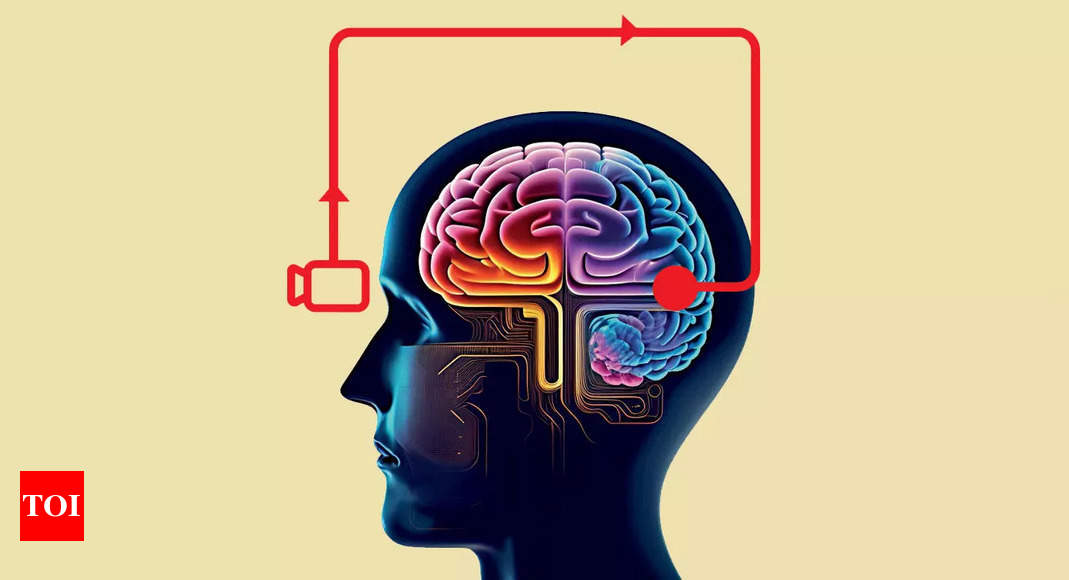
He is the first participant in a trial by Chicago-based Illinois Institute of Technology of a wireless device that creates rudimentary vision in blind people, according to Wired magazine.The implanted chips allow him to perceive limited visual cues, akin to “blips on a radar screen”, identifying people and objects as white and iridescent dots.
The Chicago trial is one of the many efforts across the globe to develop visual prostheses. In Spain, researchers at Miguel Hernández University have implanted four people with a similar system. Outside of academia, companies have shown interest too. Cortigent in California is developing further a device called Orion which has been implanted on six volunteers.
Neuralink, owned by Elon Musk, is also working on a brain implant for vision. The device, named Blindsight, is said to have produced results in monkeys and is projected to eventually surpass human vision quality, though that claim is met with skepticism due to the complexity of replicating vision. The devices being tested now can only work on people who once had vision. Musk, however, has claimed that Blindsight’s devices will eventually provide vision to people who were born blind.
I should mention that the Blindsight implant is already working in monkeys.
Resolution will be low at first, like early Nintendo graphics, but ultimately may exceed normal human vision.
(Also, no monkey has died or been seriously injured by a Neuralink device!)
— Elon Musk (@elonmusk) March 21, 2024
At 8m, India has the world’s largest blind population. The global count is 43m blind and 295m with moderate-to-severe visual impairment.
The devices work by bypassing damaged retinas or optic nerves and sending visual information directly to the brain. The visual cortex processes this data, with chips in the brain emitting electrical currents that stimulate neurons to create visual perceptions without the presence of actual light. Current devices provide limited visual field, assisting people on trial with everyday tasks like basic navigation and object identification.
The challenges to enhancing vision lie in the balance between electrode count and their invasive placement, alongside the need to tailor electrical stimulation without causing adverse effects like seizures. Longevity of these implants is another hurdle, as they can be compromised by scar tissue formation.




